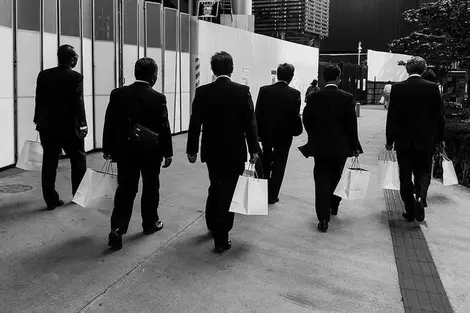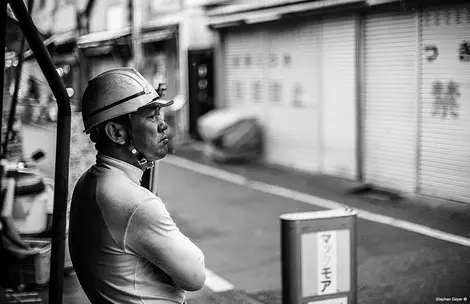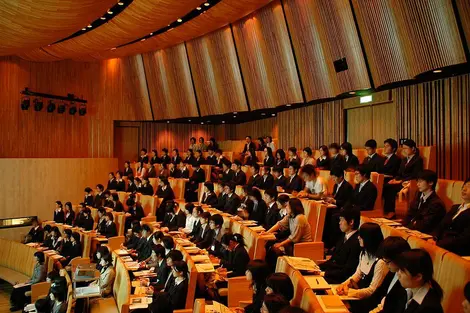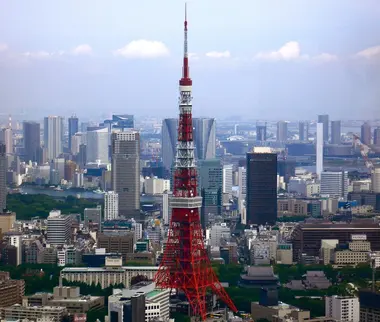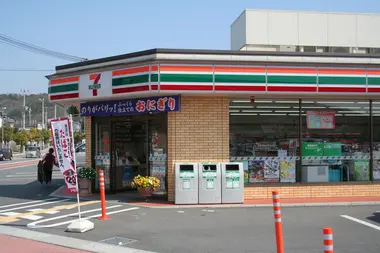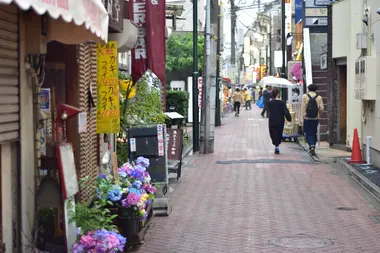Freeter in Japan: between freedom and precariousness
In Japan, the term "freeter" (フリーター) refers to precarious workers between the ages of 15 and 34 who hold a succession of part-time or temporary jobs. First appearing in the late 1980s, this status now concerns over 10 million people. Freeters symbolize the drifts of an increasingly dual labor market and the difficulties of social integration for a whole section of Japan's youth. Let's dive into the world of these "free workers" on the bangs of Japanese society.
Who are Japanese freeters? Profile and motivations
The word "freeter" combines the English word "free" and the German word "arbeiter". Originally, in the 80s, it referred to young people who voluntarily rejected the traditional model of lifelong employment to enjoy their freedom. But with the bursting of the economic bubble in the 90s, the number of freeters exploded. From less than 1 million in 1990, they rose to over 4 million in 2001. Many became freeters out of necessity, as they were unable to find stable employment when they left school.
Today, 34.4% of 15-34 year-olds work part-time. The majority of freelancers are women and young people with few qualifications. Some choose this status to pursue their dreams, such as an artistic career, or simply to enjoy life before committing to a career. But for many, freetering is a status they have to endure until they find something better. Most aspire to a stable job so they can start a family.
The precarious reality of freeters
In the absence of job security, freeters move from job to job. They are mainly to be found in konbinis (24-hour mini-markets), the hotel and catering industry or in materials handling. With an average salary of 139,000 yen per month in 2000 (around €950), it's hard for them to become independent. Many continue to live with their parents, becoming "parasaito shinguru" (parasitic bachelors).
The jobs held by freeters are rarely declared. They offer no health cover, pension contributions or protection against unemployment. Career prospects are almost non-existent, as Japanese companies prefer to hire young, fresh graduates. Freeters over the age of 30 have very little chance of finding stable employment.
Freeters, the outcasts of Japanese society
In Japanese society, where work is a cardinal value, freeters are very poorly perceived. They're considered lazy and unwilling to fall in line. Companies are reluctant to hire them, deeming them unreliable and poorly trained. This discrimination complicates their access to housing and credit.
Unable to afford to start a family, most male freeters remain single. A vicious circle that reinforces their social isolation. The fewer family ties they have, the more difficult it is for them to find employment. The phenomenon mainly affects young people from working-class backgrounds. Having attended a prestigious university is still the best way to land a stable job via the highly codified "shûkatsu" (graduate recruitment process).
Japanese youth in search of alternatives
Faced with this impasse, some freeters are mobilizing to defend their rights. In Tokyo's Kōenji district, a hotbed of Japanese counter-culture, activist Hajime Matsumoto launched "The Great Slingshot of the Poor" in 2001. Objective: to demand an alternative lifestyle by organizing street banquets, free zones..
The NEET (Not in Education, Employment or Training) Union in Kōenji also fights against precariousness and isolation by demanding free housing. Some people take it upon themselves to "enjoy their poverty" by testing new ways of living together, on the bangs of consumer society. A reaction to the image of the salaryman who exhausts himself at work, sometimes to the point of "karōshi" (death from overwork).
What does the future hold for freeters in Japan?
Even if freeters benefit from occasional assistance to find a job or training, government measures remain highly inadequate in the face of the scale of the phenomenon. The reason: a labor market increasingly segmented between stable and precarious employment, reinforced by the crisis.
The issue of freeters is closely linked to the ageing of the Japanese population. More and more freeters are making little or no contributions, threatening the viability of the pay-as-you-go pension system. As they don't start families, they also accelerate the decline in the birth rate. A major demographic challenge for Japan.
To curb the casualization of its youth, Japan needs to fundamentally rethink its social model and its vision of work. This means upgrading non-regular jobs (better wages, social protection) and making recruitment more flexible. It's also up to companies to change their mindset and offer freelancers a "second chance". A vast undertaking in a country still very attached to the myth of a job for life.



